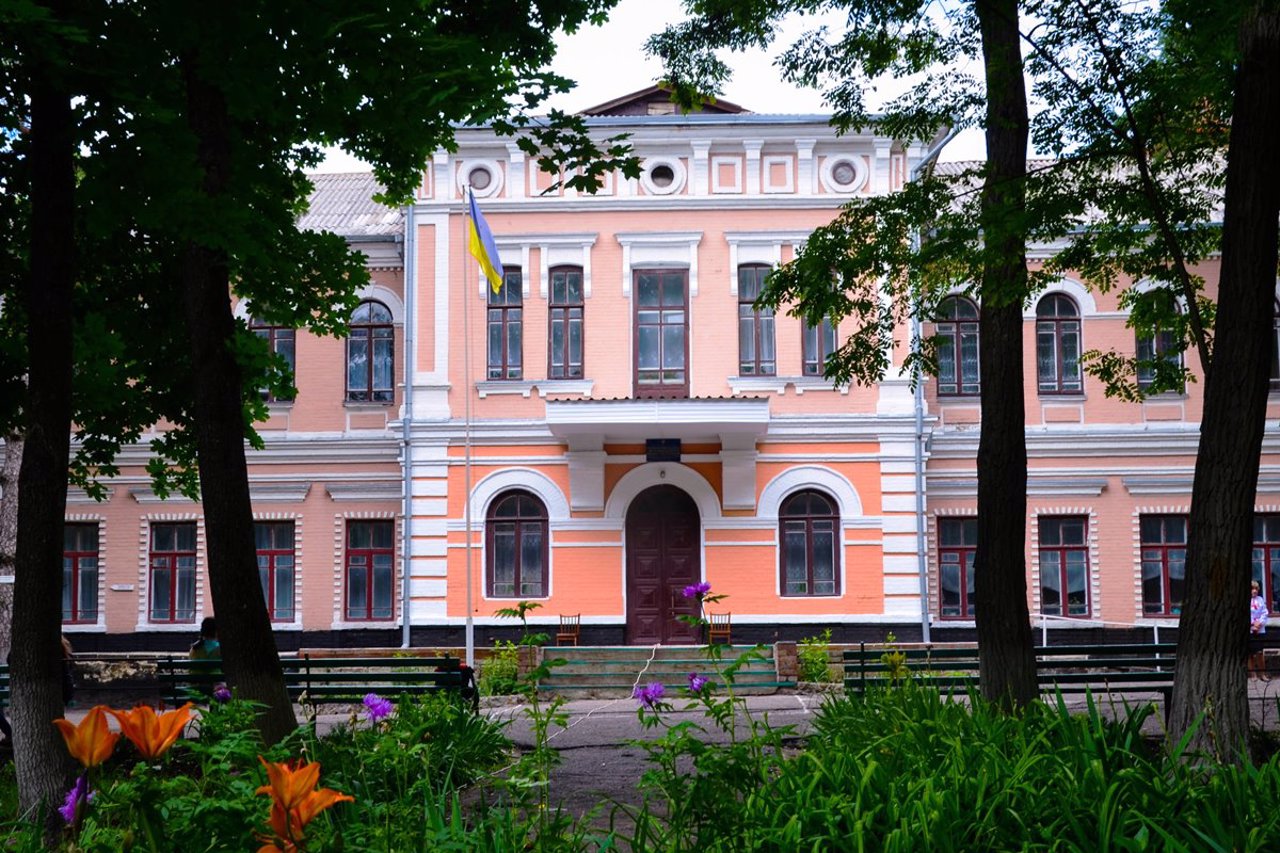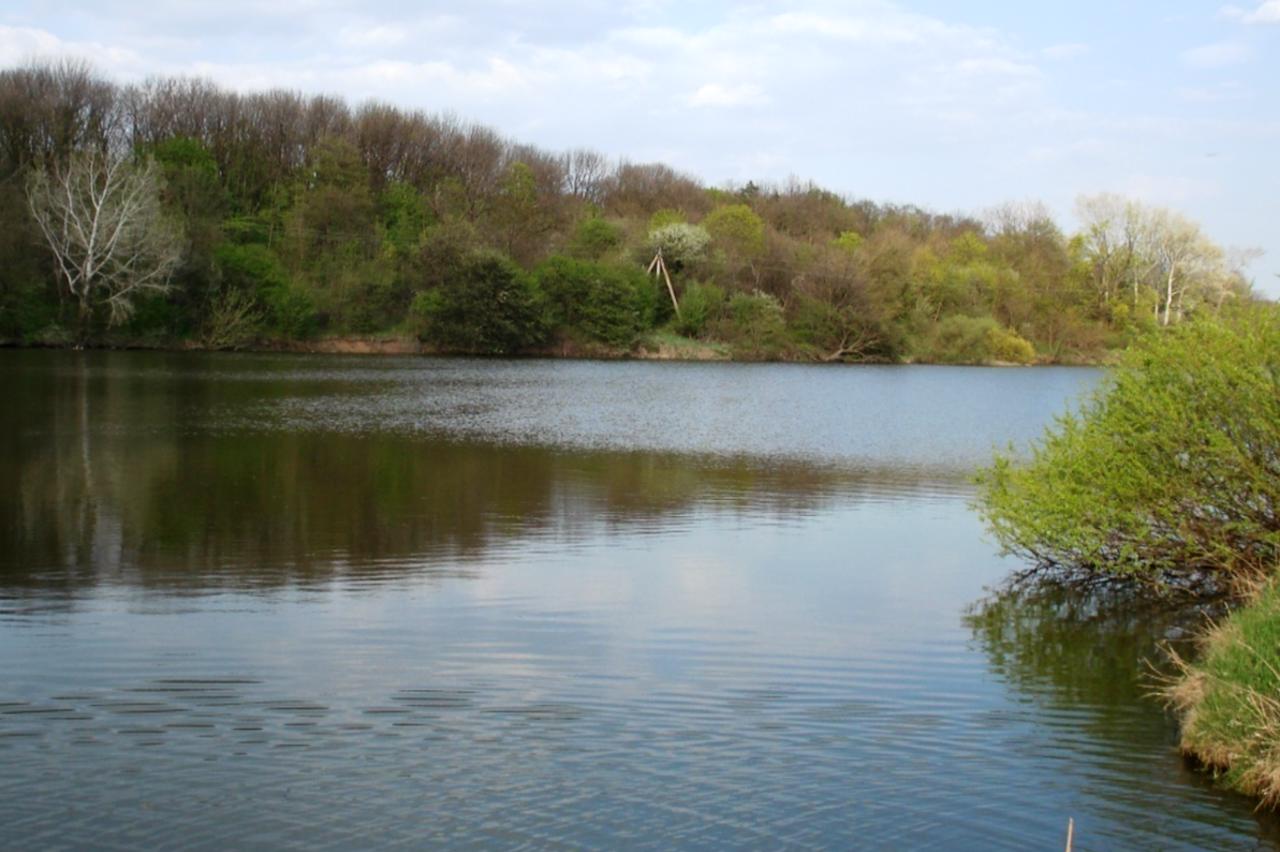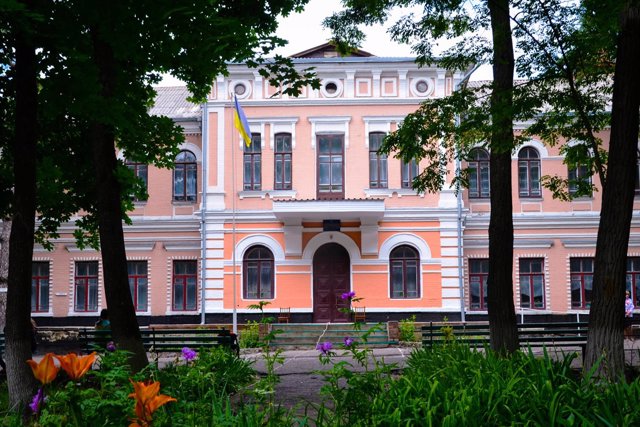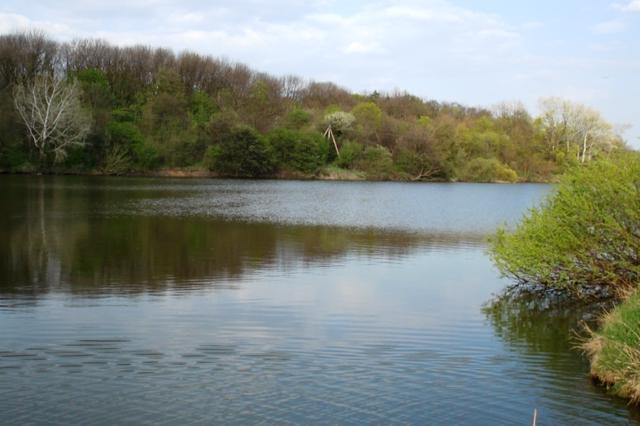Functional temporarily unavailable
Chervonovershka
Travel guide online Chervonovershka
General information about Chervonovershka
The village of Chervonovershka is located near the source of the Suhokleya River, 30 kilometers south of Kropyvnytskyi. Administratively, it is part of the Kompaniivka settlement hromada of Kropyvnytskyi district, Kirovohrad region.
The village was founded at the end of the 18th century by Oleksandr Sokolov, commandant of Yelysavethrad fortress, on the lands he received near Yelysavethrad city. The first residents were immigrants from Kharkiv and Kyiv provinces.
At the beginning of the 19th century, the land of Sokolov was bought by the landowner Vasyl Borodkin from the neighboring Fedorivka, after which he added the neighbor's surname to his own. In 1815, he bought an estate in Chervonovershka from the landowner Fedot Sklyarevych. His son Kirill Sokolov-Borodkin built a ...
The village of Chervonovershka is located near the source of the Suhokleya River, 30 kilometers south of Kropyvnytskyi. Administratively, it is part of the Kompaniivka settlement hromada of Kropyvnytskyi district, Kirovohrad region.
The village was founded at the end of the 18th century by Oleksandr Sokolov, commandant of Yelysavethrad fortress, on the lands he received near Yelysavethrad city. The first residents were immigrants from Kharkiv and Kyiv provinces.
At the beginning of the 19th century, the land of Sokolov was bought by the landowner Vasyl Borodkin from the neighboring Fedorivka, after which he added the neighbor's surname to his own. In 1815, he bought an estate in Chervonovershka from the landowner Fedot Sklyarevych. His son Kirill Sokolov-Borodkin built a large palace in the village according to the project of Yelysavethrad architect Andriy Dostoevsky.
The Sokolov-Borodkin Palace has survived to our time - it houses the Chervonovershka Lyceum. There is a decorative park around. From the buildings of the estate, a summer house, a butter mill, a vegetable storehouse, former stables, and a dormitory have also been preserved.
In 1890, Gerasym Nesterenko, a Ukrainian military figure and the last chieftain of the Kholodnoyarska rebel organization, was born in the village of Chervonovershka.
In 1933, the neighboring village of Fedosiivka was annexed to Chervonovershka, which was put on the "black board", that is, it suffered massive repression due to opposition to the Bolsheviks.
Cело Червоновершка розташоване біля витоків річки Сугоклея за 30 кілометрів на підень від Кропивницького. Адміністративно входить до складу Компаніївської селищної громади Кропивницького району Кіровоградської області.
Село засноване наприкінці XVIII століття на землях коменданта Єлисаветградської фортеці Олександра Соколова. Першими мешканцями були переселенці з Харківської і Київської губерній.
На початку XIX століття землі Соколова викупив поміщик Василь Бородкін із сусідньої Федорівки, додавши після цього призвище сусіда до свого. У 1815 році він придбав маєток у Червоновершці у поміщика Федота Скляревича. Його син Кирило Соколов-Бородкін побудував у селі великий палац за проєктом єлисаветградського архітектора Андрія Достоєвського.
Палац Соколова-Бородкіна зберігс ...
Cело Червоновершка розташоване біля витоків річки Сугоклея за 30 кілометрів на підень від Кропивницького. Адміністративно входить до складу Компаніївської селищної громади Кропивницького району Кіровоградської області.
Село засноване наприкінці XVIII століття на землях коменданта Єлисаветградської фортеці Олександра Соколова. Першими мешканцями були переселенці з Харківської і Київської губерній.
На початку XIX століття землі Соколова викупив поміщик Василь Бородкін із сусідньої Федорівки, додавши після цього призвище сусіда до свого. У 1815 році він придбав маєток у Червоновершці у поміщика Федота Скляревича. Його син Кирило Соколов-Бородкін побудував у селі великий палац за проєктом єлисаветградського архітектора Андрія Достоєвського.
Палац Соколова-Бородкіна зберігся до нашого часу – в ньому розташовується Червоновершський ліцей. Навколо розбито декоративний парк. З будівель маєтку також зберігся літній будиночок, маслобойня, овочесховище, колишні конюшні, гуртожиток.
У 1890 році у селі Червоновершка народився український військовий діяч, останній отаман Холодноярської повстанської організації Герасим Нестеренко.
У 1933 році до Червоновершки було приєднане сусіднє село Федосіївка, яке було занесене на "чорну дошку", тобто зазнало масових репресій через спротив більшовикам.
Сплануй своє перебування у Chervonovershka
What to see and where to go in Chervonovershka
Tourist attractions and museums of Chervonovershka
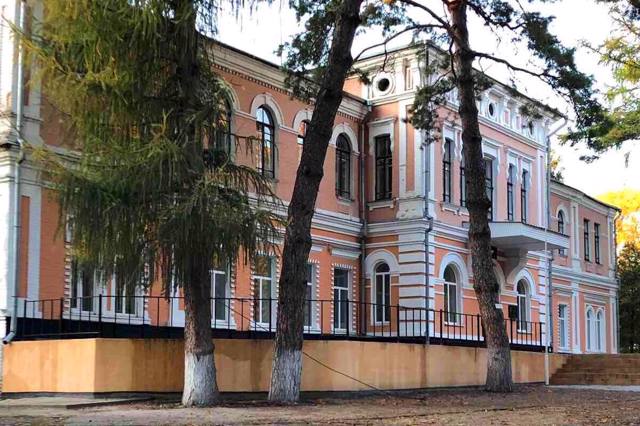
Sokolov-Borodkin Palace
Palace / manor , Architecture
The manor complex of the landowner Sokolov-Borodkin in Chervonovershka is one of the best-preserved manor estates in the Kirovohrad region, an architectural monument of local importance.
The landowner Vasyl Sokolov-Borodkin bought the estate in Chervonovershka in 1815. His son, State Councilor Kyrylo Sokolov-Borodkin, was the district leader of the nobility. He had several houses in Yelysevethrad, and during the years 1854-1867 he built a summer palace in the Chervonovershka estate. The author of the project was Yelysavethrad architect Andriy Dostoyevsky, the brother of the writer Fedir Dostoyevsky.
The brick two-story palace with an attic is made in an eclectic style with elements of classicism and neo-renaissance. The stairs lead to the second floor, and the third, in the back of the building in the form of a belvedere, can only be reached by a ladder. The palace is surrounded by a park with ponds, in which pines, thuja, firs, larches, and gorse still grow. A summer house, oil mill, vegetable storage, former stables, and a dormitory are also preserved on the territory of the estate.
In Soviet times, a rest house was placed in the Sokolov-Borodkin Palace, then a veterinary technical school was opened. Now the Chervonovershka Lyceum is located here.
Chervonovershka on photo and video
Reviews Chervonovershka
Geographical information about Chervonovershka
| {{itemKey}} | {{itemValue}} |
|---|---|
| Region |
Kirovohrad |
